The Sphynx cat is impossible to ignore. A hairless breed with wrinkled skin and oversized ears, it looks like it stepped out of another world.
With its hairless appearance, unique texture, and expressive face, this breed stands out from the rest. But beyond their striking looks, Sphynx cats are affectionate, playful, and always eager to be the center of attention.
Caring for a Sphynx cat comes with some unique challenges. Their lack of fur means they need regular baths, extra warmth, and protection from the elements.
Read more tp learn everything about the Sphynx cat—its history, personality, care needs, and why it’s one of the most captivating breeds around.
Sphynx Cat Breed Origin & History
The Sphynx cat, often called the Canadian Hairless Cat, has a fascinating origin story that sets it apart from other breeds. Toronto, Canada, became the birthplace of the first known hairless kitten in 1966 when a domestic cat gave birth to what would become the start of the Sphynx breed. This rare occurrence was due to a natural genetic mutation—one that had appeared in cats throughout history but had never been intentionally bred.
This kitten, named Prune, carried the hairless gene, which caught the attention of breeders. Wanting to establish an official hairless breed, they selectively bred Prune with other cats, including the Devon Rex breed. However, because the hairless gene is recessive, some kittens in these early generations still had fur.
By the late 1970s, dedicated breeding efforts produced more hairless cats, and the breed was officially named the Sphynx, inspired by the famous Egyptian limestone statue. The breed quickly gained recognition, and by 2002, major cat associations such as the American Cat Fanciers Association and the Cat Fanciers Association officially recognized the Sphynx.
Today, almost all Sphynx cats can trace their lineage back to three hairless kittens born in Toronto in the late 1970s.

Sphynx Cat Breed Personality
It's hard not to notice a Sphynx. Seeing their hairless body comically spread across the couch in a human-like lounging position is enough to get most people laughing and taking photos. Luckily, the Sphynx is all for it. In fact, they often demand attention!
-
Affectionate and attention-seeking. The Sphynx is a full-time entertainer. Their hairless appearance may turn heads, but it’s their loving and social nature that truly sets them apart. They thrive on human interaction and will do just about anything to be the center of attention.
-
A talkative cat. If you enjoy a chatty companion, the Sphynx is perfect. A talkative cat by nature, they express themselves with chirps, meows, and deep purrs. Expect them to follow you around, always eager to be part of your daily routine.
-
Curious and playful. An inquisitive cat, the Sphynx loves to explore. No cabinet, countertop, or corner is off-limits. They enjoy puzzle toys and challenges, especially when there’s a reward involved.
-
Energetic and mischievous. This high-energy breed thrives on playtime and engagement. If left alone for too long, they’ll find creative (and sometimes chaotic) ways to entertain themselves. The Sphynx is best suited for families that can keep up with their playful antics.
Sphynx Cat Breed Physical Characteristics
Okay, we won't beat around the bush: the biggest defining characteristic of the Sphynx is its hairless appearance. Wrinkly and pudgy, this cat has a look that might not be for everyone. But even the most devoted Sphynx fans may not know that these hairless breed cats actually have a layer of very fine fur, usually on the bridge of their nose, ears, and tail. This soft fuzz gives their skin a peach-like texture.
Sphynx Size
The Sphynx is considered a medium-sized cat breed. They are usually eight to 10 inches high and 13 to 15 inches long. Their average weight is between 10 and 12 pounds, with males being a bit larger than females. Sphynx have a broad and muscular body with a rounded chest. They sometimes appear to have a potbelly. The CFA defines their thin tail as "whip-like."
Head
The Sphynx has a very distinct head shape, with sharp cheekbones, prominent whisker pads, a strong chin, and very large, rounded ears that rival the length of their face. The Cat Fancier Association describes their big eyes as "lemon-shaped" in the breed's standards. Their forehead is full of wrinkles, giving them an often grumpy appearance.
Eye Color
The Sphynx breed standard states that all eye colors are accepted, but that they should be "harmonious" with the Sphynx's coat and skin color. Some common eye colors include green, blue, and yellow-orange.
Legs & Paws
The Sphynx has medium-sized, proportionate legs that appear sturdy and toned. Their rear legs are slightly longer than the front, giving them a sleek yet muscular stance. Their neat, rounded paws add to their distinctive look, providing both stability and agility. The front paws have five knuckles, while the back paws have four. All of their paw pads are thick and cushion-like, making them surprisingly soft to the touch.
Coat
While Sphynx cats appear hairless, they actually have some fur on their feet, face, ears, and tail. It's also very common for Sphynx to not have whiskers. Because of their lack of fur, it's also a bit difficult to distinguish their coat's color and pattern. For this reason, all colors and patterns in any combination are acceptable for Sphynx cats.

Sphynx Cat Breed Care
While some Sphynxes have velvety soft peach fuzz and others feel buttery smooth and completely bald, all Sphynx lack the long hair needed to absorb their skin's oils. This means they need regular baths, usually once a week, to maintain clean skin.
Bathing & Grooming
Sphynx cats may not have cat hair, but they sure know how to get messy! Without fur to absorb oils, their skin gets greasy fast, so regular baths are a must.
-
Bath Time. Warm water, gentle pet shampoo, and a thorough rinse—no leftover suds! Dry them off well so they don’t catch a chill.
-
Ear & Eye Care. No inner ear fur means wax buildup, so wipe their ears regularly. Since they lack eyelashes, check their eyes for dust.
-
Nail Maintenance. Dirt loves to hide between their toes. Trim their claws often or let a vet handle it.
-
Acne Alert. Yep, even cats get breakouts. Gently clean blackheads with warm water and mild soap (vet-approved, of course).
Since they can’t grow a winter coat, Sphynx cats are strictly indoor pets. Keep them warm with blankets, and if they’re cool with it, a little sweater. But don’t forget—no fur also means sunburn is a thing, so keep them out of direct sunlight!
Acne
Just like humans, Sphynx cats can get acne when dirt and oils build up on their skin. Without fur to absorb oils, their pores can get clogged, leading to blackheads—especially around the chin and face.
Gently wipe affected areas with warm water and mild antibacterial soap to keep their skin clear. Their skin is delicate, so always check with a vet before using any acne treatments or skincare products.
Because they don’t have a fur coat, Sphynx cats are strictly indoor pets. They’re sensitive to temperature changes, so keep them warm with blankets or clothing if they don’t mind wearing it. On the flip side, too much sun can cause burns, so limit their exposure to direct sunlight.
Related: Home Remedies for Dry Skin on Cats

Health & Health Problems
Sphynx have an average lifespan of 10 to 15 years. This hairless cat breed needs some extra care, as described above, but there are also some genetic issues you should be aware of if you want your Sphynx to live a full and healthy life.
Since they are a hairless kitten, young Sphynx often have respiratory issues. Always be mindful of coughing, a runny nose, or congestion. These are some common symptoms of a serious respiratory problem.
This cat breed is also prone to hypertrophic cardiomyopathy, a form of heart disease. You'll notice your feline has chest pain, dizziness, swelling, and shortness of breath. They can also get hereditary myopathy, which can affect their muscle function.
Nutrition
Sphynx often have sensitive digestion systems, which means you will want to find a brand that offers a variety for sensitive stomachs. Cat food for sensitive stomachs will often have FOS prebiotics, natural products, and very little or no carbohydrates like corn and wheat. Stick to natural, healthy treats as well.
Hairless cats also have fast metabolisms since their bodies have to work harder to stay warm. You might notice that your Sphynx eats more than the average cat for this reason. Always make sure to have enough healthy cat food available for your Sphynx — and watch their weight as well. A chubby Sphynx is cute, but it's certainly not healthy.
View Holistapet's Natural & Nutritional Treats With Beneficial Ingredients
Children, Family & Other Pets
The Sphynx is a social butterfly that thrives on companionship. This cat hates being alone, which is why many owners get two Sphynx cats to keep each other company. A bonded pair or siblings is ideal, as they’ll grow up together and always have a playmate.
Sphynx cats usually enjoy having other feline friends, but if they weren’t raised together, introductions should be slow. Make sure both cats are fixed to avoid extra aggression and then introduce them by scents first. Start by swapping their scents with shared toys or blankets, then let them meet from a safe distance, like opposite sides of a closed door. Giving each cat their own food bowls, litter boxes, and personal space helps make the transition smoother.
Surprisingly, Sphynx cats also get along well with dogs, especially if the pup is friendly and used to cats. If you’re out of the house often, a well-matched dog can keep them entertained. Their playful nature also makes them great with children, who will love their silly antics and affectionate personality. Just be sure to supervise interactions to ensure everyone plays gently.
Related: How to Introduce Cats: Successful Methods & What Not to Do

More About This Breed
Since the Sphynx is known for being hairless, like the bambino, they are often of interest to people allergic to cats. But this cat breed is actually not hypoallergenic. Sphynxes produce Fel d1, the allergenic protein in a cat's saliva, and skin secretions that causes allergic reactions.
The Sphynx is naturally warmer than most cats. The average feline internal temperature is 99.5 to 102.5 degrees. But the Sphynx has an internal temperature four degrees higher to make up for their lack of fur. This makes them even better cuddlers since they can feel a bit like a heated pillow.
This special cat breed doesn't come cheap. The starting price for Sphynx kittens is often around $1,000. A pedigreed Sphynx cat for showing can be $1,500 or more. Always make sure to go to a reputable breeder to ensure that they don't have questionable and unknown health issues.
Despite their price tag, Sphynxes are still extremely popular in the United States. They are currently listed as the 8th most popular of all the cat breeds, according to the CFA. The most well-known Sphynx is probably Ted Nudgegent, the cat who played Mr. Bigglesworth in the Austin Powers films. He was trained to sit still for up to 45 minutes while Mike Myers pet him. His double was a Sphynx called Mel Gibskin.
If you're looking for a cat with a lot of personality — and little fur — the Sphynx is for you. Playful, athletic, and curious, the Sphynx is a source of non-stop entertainment. They're also a great cuddler. If you have the time to give them proper attention and skincare, the Sphynx is a loyal companion suitable for all families.


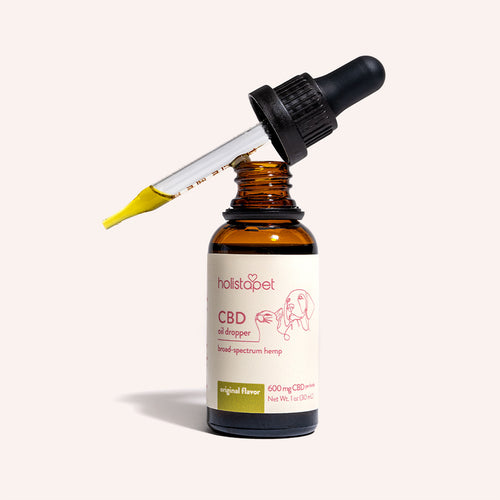 CBD Oil for Cats - Fast Acting
CBD Oil for Cats - Fast Acting
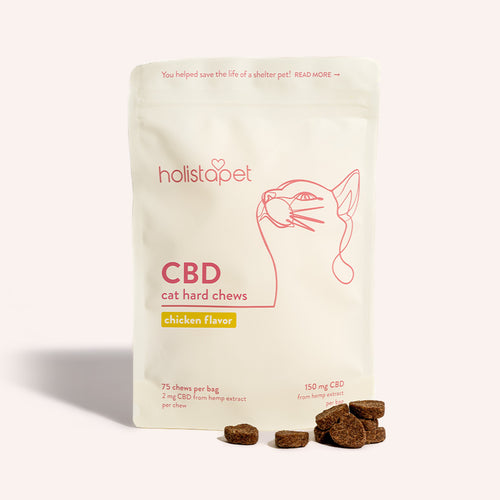 CBD Cat Treats - Easy Dose
CBD Cat Treats - Easy Dose
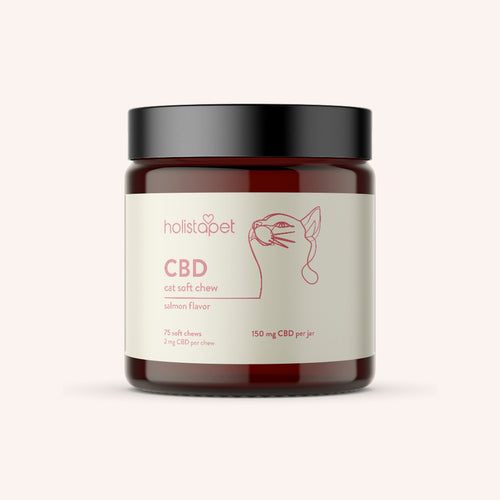 CBD Calming Chews for Cats - Highly Rated
CBD Calming Chews for Cats - Highly Rated
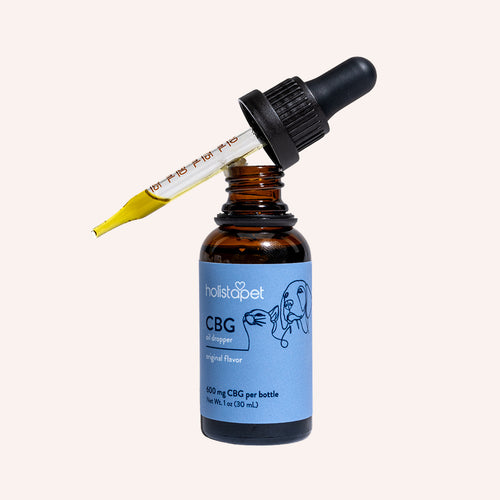 CBG Oil for Dogs and Cats - Loved by Thousands
CBG Oil for Dogs and Cats - Loved by Thousands


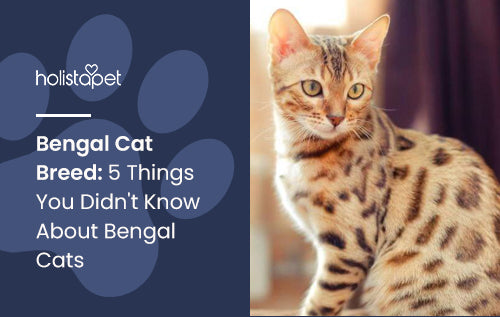
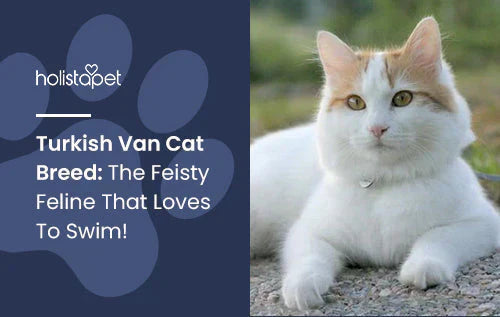

Leave a comment
All comments are moderated before being published.
This site is protected by hCaptcha and the hCaptcha Privacy Policy and Terms of Service apply.